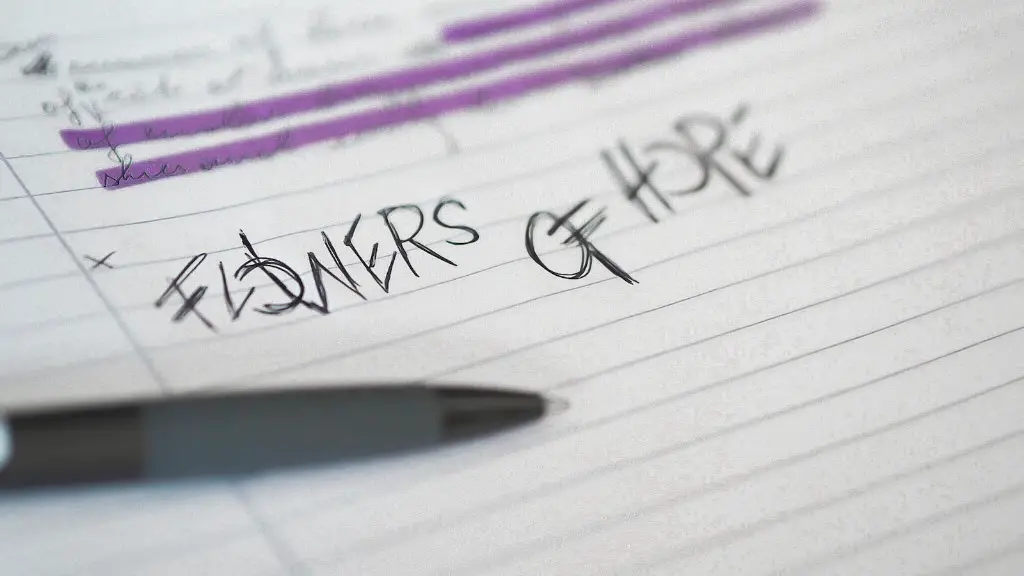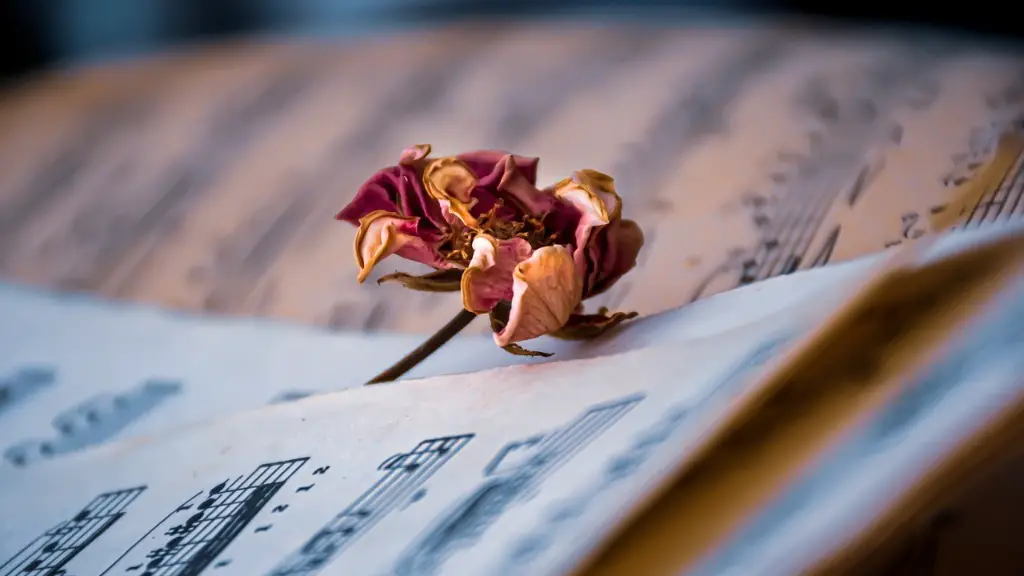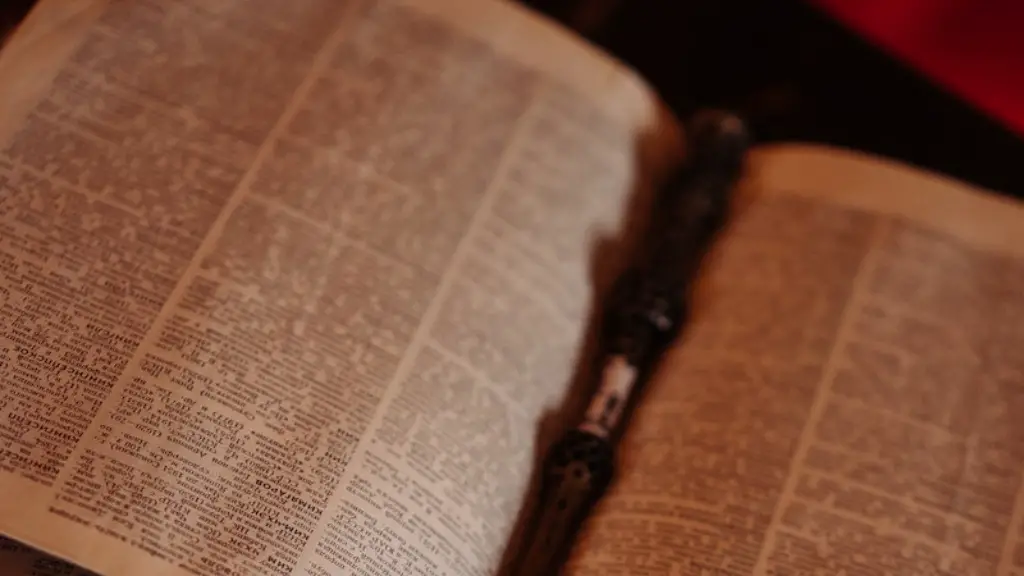Definition of a Haiku in Poetry
A haiku in poetry is a form of literature that is traditionally composed of three lines. The lines consist of a 5-7-5 syllable pattern with the first line having five syllables, the second line seven syllables, and the third line having five syllables. The poetic form’s goal is to evoke a vivid image within a few words. This traditional Japanese form of poetry is meant to be enjoyed briefly, and is usually thought-provoking or deals with an observation about nature or a season.
Origin Story
Haiku originated in the 17th century and developed from the longer, highly literary renga form of poetry. It is believed to have been founded by Matsuo Bashō, considered the greatest haiku poet of the Edo period. His haiku often displays a deep understanding of nature, depicting everyday details of life and the environment.
Features of Haikus
Haikus use natural elements in a way that’s symbolic of life itself. It follows a structure of five syllables in the first and third lines, and seven in the second. In comparison to other forms of poetry, haikus are written in the present tense with no metaphor or similes. Haikus can also be categorized according to the season in which they were created as many poets use nature to represent the passing of time.
Haiku as a Personal Expression
Haikus are incredibly personal forms of poetry, and can be seen as snapshots of a moment. They rely on the conveyance of a moment in time, making the understanding of a haiku highly subjective. Often, it’s the reader’s interpretation that determines the quality of a haiku. This is why haikus are considered one of the lesser-known forms of poetry.
The Appeal of Haikus
Despite being short, haikus remain popular even today. After all, who doesn’t appreciate the beauty of a few carefully chosen words? What sets them apart is the fact that a haiku is, above all, an expression of emotion. It encourages a certain balance between the literal and figurative, tapping into the inner most thoughts and feelings of the poet.
Writing a Haiku
As the length of a haiku is limited, one must carefully choose the words. Writing haikus can be an enjoyable exercise, as it forces the writer to observe their surroundings and consider the layers and nuances of the moment. By looking for the poetic in the mundane, those who write haikus will find the inspiration, the metaphor or the experience that will make the haiku work.
Haikus in Poetry Contests
Haikus are regularly used in poetry contests and many poets are invited to submit haikus as entries. These contests provide a unique opportunity for both beginners and experienced poets to show off their talent. Many contests will also reward the winning poets with monetary prizes or special recognition in the form of certificates.
Syntax in Haikus
Haikus display a unique syntax structure with a strong focus on the imagery and metaphors used in the poem. The syntax should create an emotional connection in order to engage readers and leave them reflecting on the meaning of the poem. This can be done by using clever use of punctuation and a rhythm that runs parallel to the poem’s narrative.
Popular Haiku Poets
Some of the most prominent haiku poets include Jack Kerouac and Frederick Seidel. Jack Kerouac is perhaps best known for his haikus, which he wrote as a way to grapple with a wide range of topics from romance to mortality. Poets today are still drawn to haikus for their ability to express vast ideas in a succinct manner.
Digital Platforms for Haikus
Social media platforms provide a great example of how haikus can be used in the digital age. Platforms like Twitter and Instagram provide vast opportunities for poets to share their haikus and catapult their work into the public spotlight. Platforms also provide useful tools such as hashtags and tagging with which poets can classify and curate their haikus.
Uses of Haikus in Modern Culture
Haikus can also be found in modern culture in the form of advertisements and film titles. Many brands are now using haikus to tell their story in a powerful and meaningful way. Haikus are also now often used as film titles, inspiring a thoughtful or emotional connection between viewers and the movie.
Challenge of Writing Haikus
Writing haikus can be a challenging exercise, but can also be very rewarding. While a haiku is just three lines, it can be difficult to fit a complete thought into a few words. Haikus embody a unique balance of concise brevity and meaningful emotion, making it an intriguing form of poetry.
Types of Haikus
Haikus can be divided into two categories: modern haikus and traditional haikus. The former often has a more relaxed structure and is more suited for expressing personal feelings or observations about life or relationships. Traditional haikus, on the other hand, adheres to the traditional strict syllabic rules inherent to the genre, but can still be creative and evocative.
The Impact of Haikus
Though short in length, haikus remain powerful pieces of literature that can evoke emotion and capture a moment in time. They’re a great form of self expression, allowing people to explore their own thoughts and feelings in a unique and captivating way. Haikus offer an opportunity to find beauty in the most simple of words and moments.
Haikus in Education Settings
Haikus can also be used in educational settings to teach students about the concept of brevity and the power of symbolism. By writing their own haikus, students can apply and deepen their understanding of vocabulary, as well as explore their own individual creativity. Most importantly, students can learn to convey a powerful and meaningful message with just a few simple words.
Exploring Complex Concepts
Haikus can also be used to explore more complex concepts like morality, mortality, politics and love. A well-crafted haiku will present a thought-provoking snapshot of a concept, giving readers a deeper understanding. The environment of a haiku also provides an opportunity to explore the depths of emotions and feelings that traditional forms of poetry struggle to capture.
Connection to Nature
Haikus often have a strong connection to nature, making use of vivid imagery and metaphors to evoke familiar feelings. This allows poets to create a deeply meaningful connection between the poem and the environment. Nature has always been a source of inspiration and solace, and the connection between a haiku and nature allows the poet to express their unique perspective.
Influence of Haikus
Haikus have had a major influence on scriptwriters and authors, who have adapted the use of haikus in various forms of entertainment. From the stage to the screen, haikus have been widely appreciated for their succinct expression of emotion and deep connection to nature or life events. They’ve truly become a universal form of expression and communication.




